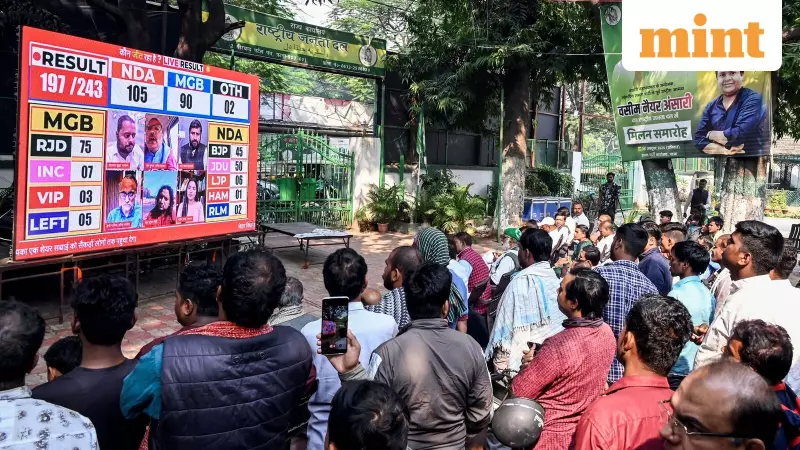
The resounding victory of the National Democratic Alliance in Bihar's state elections has set the stage for what could be the most significant economic transformation in the state's recent history. Bihar, which remains India's largest supplier of migrant labor to other states, now faces the crucial challenge of converting its political mandate into industrial progress.
The Economic Paradox of Bihar
On the surface, Bihar's economic indicators show promising growth. The state's economy has expanded 3.5 times from ₹2.5 trillion in 2011-12 to ₹8.5 trillion in 2023-24. Even more impressive is the eight-fold increase in per capita income between 2004-05 and 2023-24. However, these numbers mask a troubling reality on the ground.
Bihar continues to rank among India's poorest states, with worrying performance on human development indicators that drag down the country's overall scores. The fundamental issue remains the state's inability to generate sufficient employment for its youth, forcing them to seek livelihoods elsewhere.
Roots of the Industrial Stagnation
The core problem lies in Bihar's failure to industrialize like many other Indian states. Agriculture still employs 76% of the workforce, while manufacturing contributes a meager 7.6% to the Gross State Domestic Product. This imbalance has created a economy heavily dependent on remittances from migrant workers.
A telling example illustrates the infrastructure challenges that have hampered industrial growth. Years ago, a prominent Tamil Nadu-based sugar mill obtained a license to establish operations in Bihar. The business case seemed perfect - Bihar's sugarcane had an exceptionally high recovery rate due to favorable diurnal temperature variations, promising higher output at lower costs.
However, the project never materialized because the allocated area lacked basic road infrastructure to transport the produced sugar. Despite the obvious need, policymakers failed to develop necessary infrastructure, instead focusing on electoral freebies and ambitious promises.
The Odisha Model: A Blueprint for Success
Bihar can look to Odisha for inspiration, where the BJP government has implemented successful industrialization policies. Odisha, another labor-intensive state, has effectively skilled its workforce and reoriented its bureaucracy to attract diversified investments.
The mineral-rich state is now actively seeking non-mineral investments and developing industrial clusters across regions for balanced development. Recognizing that Odia workers dominate Tamil Nadu's textile sector, the state has strategically focused on attracting textile investments home - with significant success already visible.
Bihar's new government must make massive investments in infrastructure, identify suitable sectors for the state's unique advantages, and implement investor-friendly policies. Human resource development needs complete reimagining to create a workforce ready for industrial employment.
The strong electoral mandate provides the political capital necessary for bold reforms. If the NDA can deliver on rapid industrialization, Bihar might finally realize its potential and offer its youth the dream of working closer to home, ending the cycle of mass migration that has characterized the state's economy for decades.





